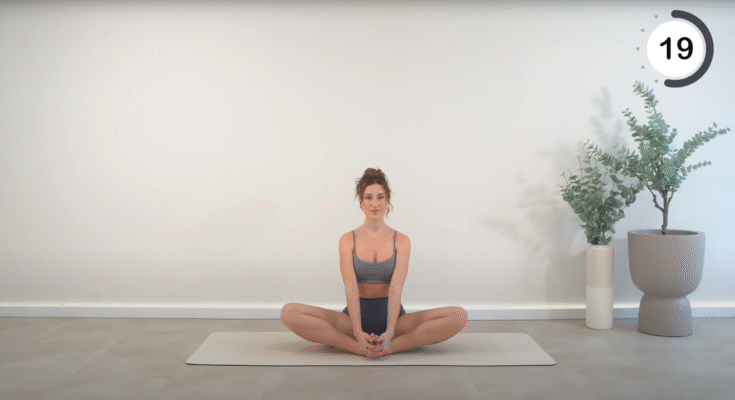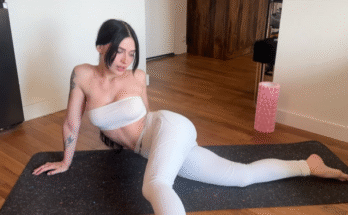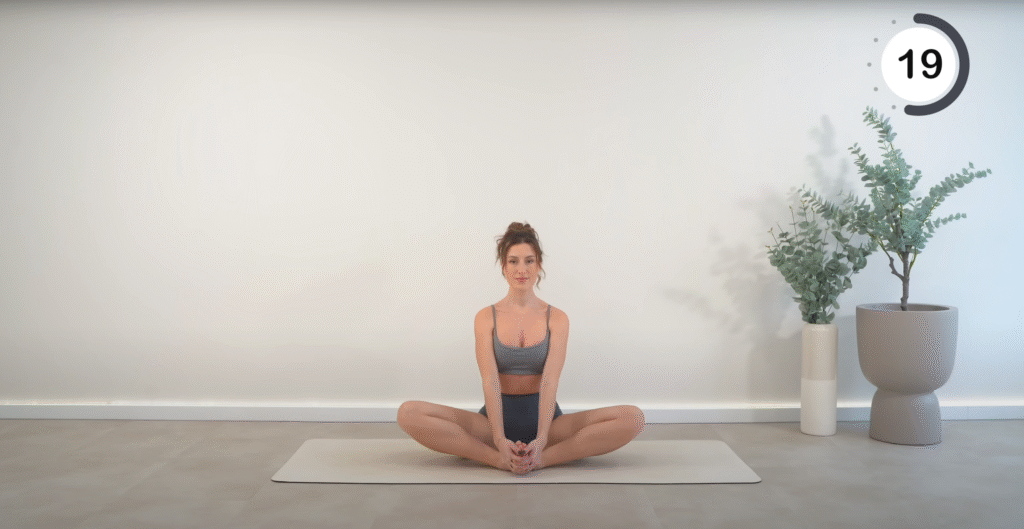
In today’s fast-paced world, stress and tension accumulate in our bodies more quickly than we often realize. Long hours at a desk, staring at screens, or engaging in repetitive physical activity can leave muscles tight, joints stiff, and energy levels low. That’s why a dedicated 20-minute full-body stretch routine is not just a luxury — it’s essential for improving flexibility, relieving tension, and promoting overall physical and mental well-being. This guide will walk you through a beginner-friendly stretching sequence designed to target all major muscle groups and provide deep, restorative relief.
Why Stretching Matters
Before diving into the routine, it’s important to understand why stretching is so beneficial:
- Improves Flexibility: Regular stretching gradually lengthens muscles, allowing joints to move more freely. Increased flexibility can enhance performance in physical activities, reduce the risk of injuries, and make everyday movements easier.
- Relieves Tension: Stress doesn’t only affect your mind; it manifests in tight shoulders, back stiffness, and jaw tension. Stretching helps release this built-up pressure, leaving you feeling lighter and more relaxed.
- Boosts Circulation: Stretching encourages blood flow to muscles, delivering oxygen and nutrients while helping remove metabolic waste. This can reduce muscle soreness and speed up recovery after workouts.
- Promotes Mind-Body Connection: Slow, mindful stretching encourages body awareness. Focusing on breathing while stretching can calm the nervous system, reduce anxiety, and improve overall mental clarity.
How to Prepare for Your Stretch Session
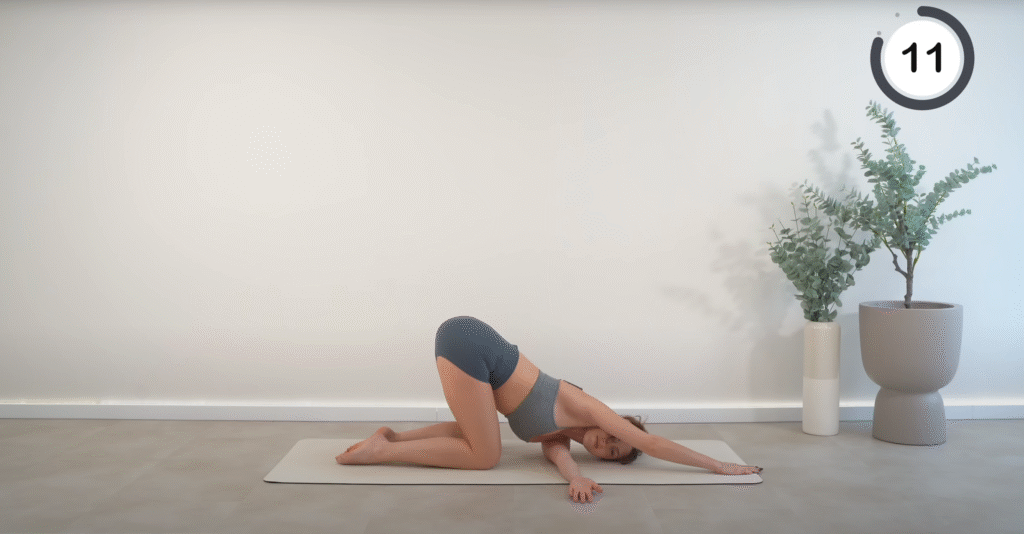
Before starting, create a calm environment:
- Find a Quiet Space: Ideally, a space where you have room to move freely without obstruction.
- Use a Yoga Mat or Soft Surface: This will support your joints and make floor stretches more comfortable.
- Wear Comfortable Clothing: Loose or stretchy clothing allows for a full range of motion.
- Keep Water Nearby: Hydration is important, especially if you’ve been active earlier in the day.
- Set a Timer: A 20-minute timer helps you focus on the stretch without worrying about the clock.
Finally, remember: stretching should never be painful. You should feel tension and a gentle pull, but stop if you experience sharp or intense pain.
The 20-Minute Full Body Stretch Routine
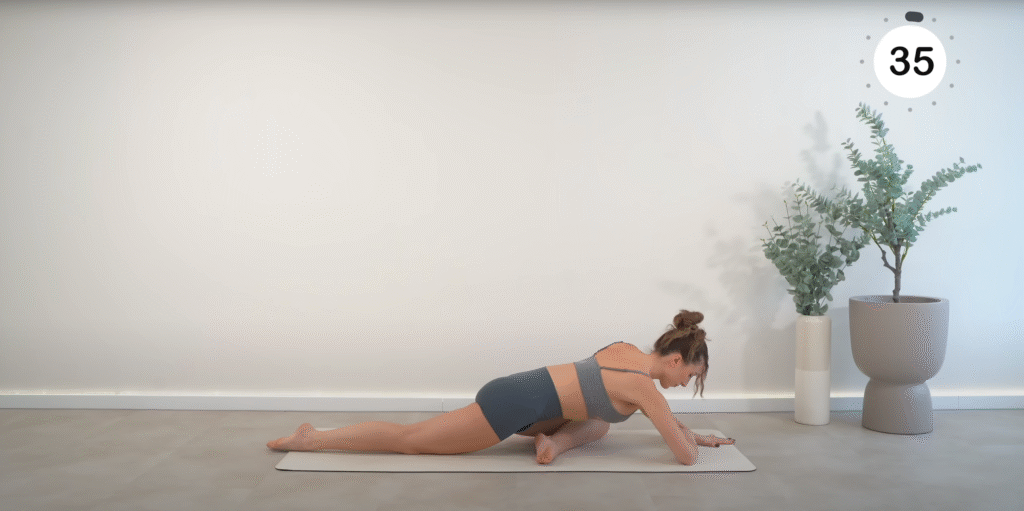
This routine is structured to flow from head to toe, releasing tension and improving mobility throughout the entire body. Each stretch can be held for 45–60 seconds, depending on comfort level. Remember to breathe deeply and slowly — inhaling through the nose and exhaling through the mouth.
1. Neck Release
- How to Do It: Sit comfortably or stand with a tall spine. Slowly tilt your head to the right, bringing your ear toward your shoulder. Use your hand to gently deepen the stretch if needed. Hold, then switch sides.
- Benefits: Relieves tension in the neck and shoulders, improves mobility, and reduces headaches caused by tight muscles.
2. Shoulder Rolls and Chest Opener
- How to Do It: Roll your shoulders forward in a circular motion five times, then backward five times. Next, interlace your fingers behind your back, straighten your arms, and lift your chest while squeezing your shoulder blades together.
- Benefits: Loosens tight shoulders, opens the chest, and counteracts the effects of hunching over screens.
3. Cat-Cow Stretch (Spine Mobility)
- How to Do It: Come to all fours on your mat, hands under shoulders and knees under hips. Inhale as you arch your back and lift your head and tailbone (Cow Pose), then exhale as you round your spine and tuck your chin to your chest (Cat Pose). Repeat for 8–10 cycles.
- Benefits: Increases spinal flexibility, massages internal organs, and relieves tension in the back and neck.
4. Seated Side Stretch
- How to Do It: Sit cross-legged or on your heels. Inhale and raise your right arm overhead, exhale as you bend gently to the left, feeling a stretch along the side body. Switch sides.
- Benefits: Opens the rib cage, stretches the obliques, and relieves tightness in the lower back.
5. Forward Fold (Hamstrings & Lower Back)
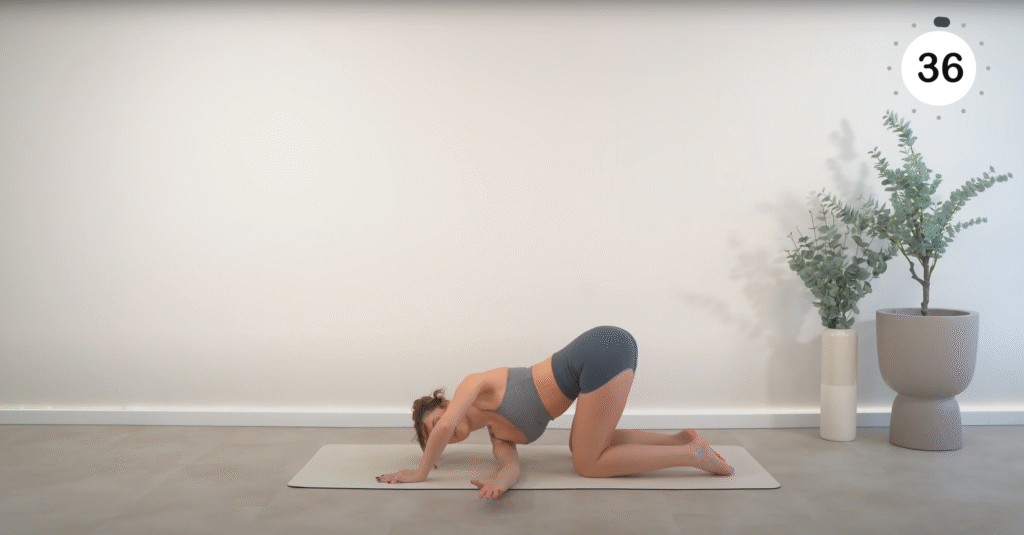
- How to Do It: Sit with legs extended in front of you. Inhale to lengthen the spine, exhale as you hinge at the hips and reach toward your feet. Let your head and neck relax.
- Benefits: Stretches hamstrings, calves, and lower back while calming the nervous system.
6. Seated Spinal Twist
- How to Do It: Sit with legs extended, then cross your right foot over your left thigh. Place your right hand behind you for support and your left elbow on the outside of your right knee. Twist gently, keeping the spine long. Repeat on the other side.
- Benefits: Increases spinal mobility, stretches the obliques, and aids digestion.
7. Butterfly Stretch (Inner Thighs & Hips)
- How to Do It: Sit with the soles of your feet together, knees bent out to the sides. Hold your feet with your hands and gently press your knees toward the floor. Lean forward slightly for a deeper stretch.
- Benefits: Opens the hips, stretches the groin and inner thighs, and improves hip flexibility.
8. Low Lunge Hip Opener
- How to Do It: Step your right foot forward into a lunge, keeping the left knee on the mat. Shift your hips forward gently, feeling a stretch through the left hip flexor. Raise arms overhead for added intensity. Switch sides.
- Benefits: Releases tension in the hip flexors, strengthens legs, and improves overall mobility.
9. Figure Four Stretch (Glutes & Hips)
- How to Do It: Lie on your back and cross your right ankle over your left knee, forming a “4” shape. Pull your left thigh toward your chest for a deeper glute stretch. Switch sides.
- Benefits: Stretches glutes, hips, and lower back, relieving tension from prolonged sitting.
10. Seated or Standing Forward Fold (Calves & Spine)
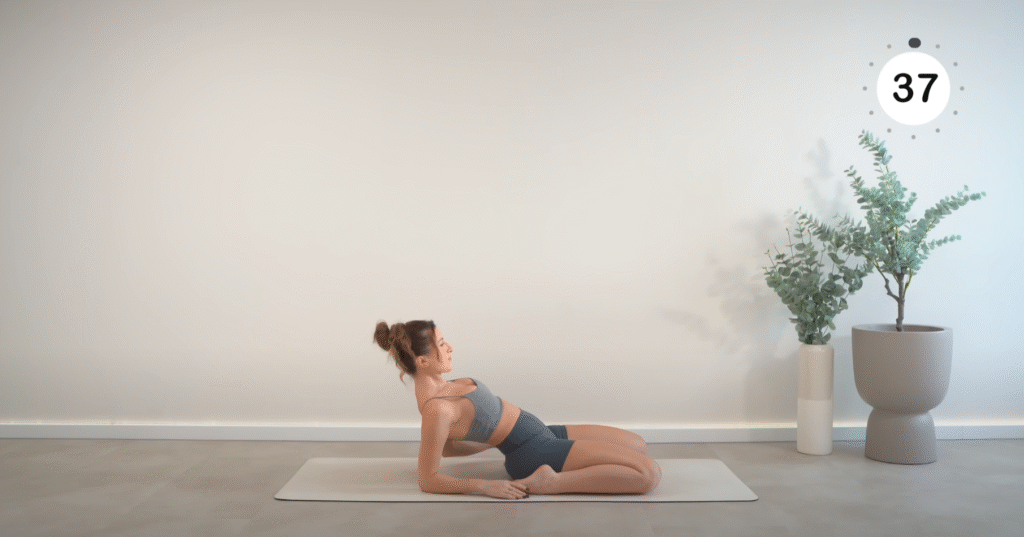
- How to Do It: Either seated or standing, hinge forward at your hips and let your head and arms relax toward the floor. Keep knees slightly bent if necessary.
- Benefits: Lengthens the spine, stretches calves, hamstrings, and relieves lower back tension.
11. Side Lying Quad Stretch
- How to Do It: Lie on your side, bend your top knee, and grab your ankle to pull it gently toward your glutes. Keep hips stacked and core engaged. Switch sides.
- Benefits: Stretches the quadriceps, hip flexors, and improves knee mobility.
12. Relaxation & Deep Breathing
- How to Do It: Lie on your back in Savasana (corpse pose), arms and legs relaxed. Close your eyes and take 8–10 deep breaths, inhaling fully and exhaling slowly. Let every muscle release tension into the floor.
- Benefits: Promotes relaxation, lowers stress levels, and allows the body to absorb the benefits of your stretch routine.
Tips for Maximum Flexibility and Tension Relief
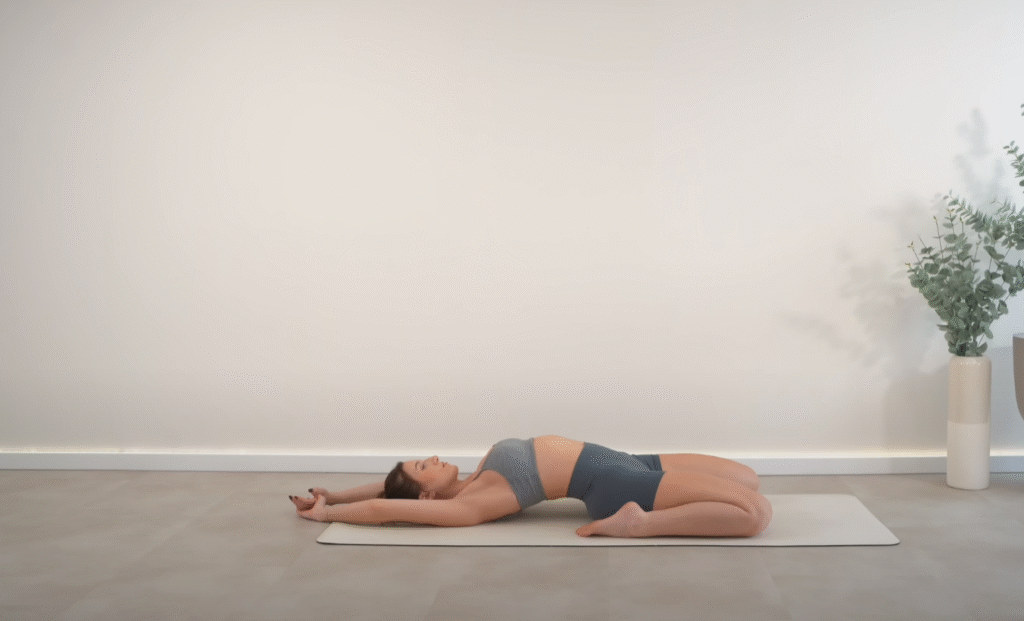
- Consistency is Key: Aim to stretch daily, even if it’s just 10–15 minutes on busy days.
- Focus on Breathing: Deep, slow breaths increase oxygen flow to muscles and help the nervous system relax.
- Go Slow: Stretch gradually; never force a position. Flexibility improves over time with consistent practice.
- Stay Hydrated: Water helps maintain muscle elasticity and reduces soreness.
- Listen to Your Body: Mild discomfort is normal, but pain is a signal to ease off.
Final Thoughts
A 20-minute full-body stretch routine is a powerful tool for anyone — beginners and seasoned exercisers alike. It doesn’t require fancy equipment or a gym membership; just a willingness to move, breathe, and focus on your body.
By following this routine, you’ll:
- Increase flexibility in major muscle groups
- Relieve chronic tension in the neck, back, and shoulders
- Improve circulation and energy levels
- Boost your mind-body connection
Take a few minutes each day for this deep, restorative stretching practice. Over time, you’ll notice a difference in how your body feels, how easily you move, and how much lighter and more relaxed you feel — all from just 20 minutes of mindful stretching.
So roll out your mat, take a deep breath, and let your body stretch, release, and rejuvenate. Your muscles — and your mind — will thank you.
This routine is beginner-friendly, but it can also be adapted for intermediate and advanced practitioners by holding stretches longer, adding small movements, or incorporating props like yoga blocks and straps.
